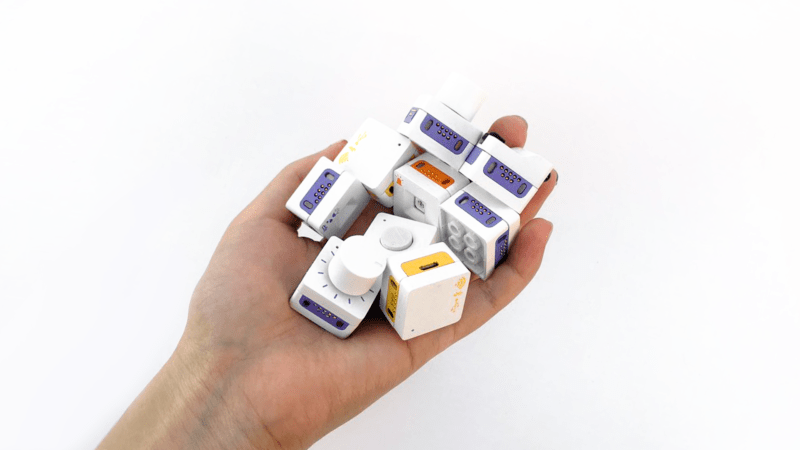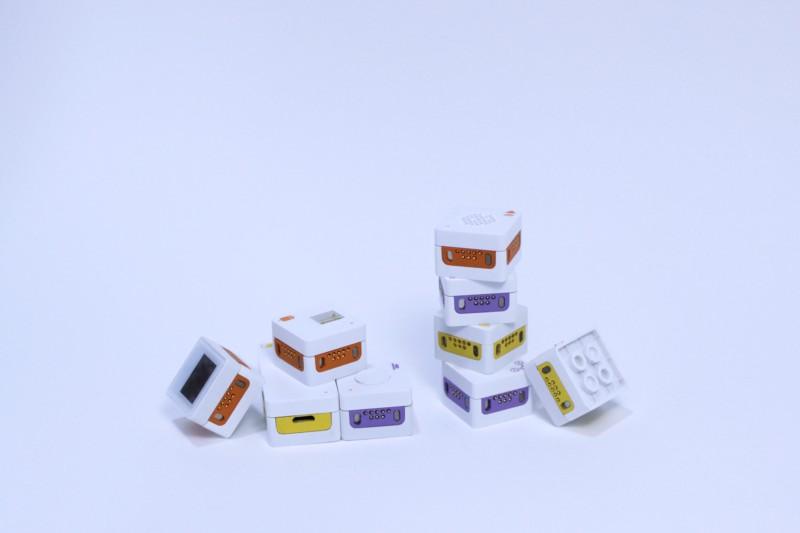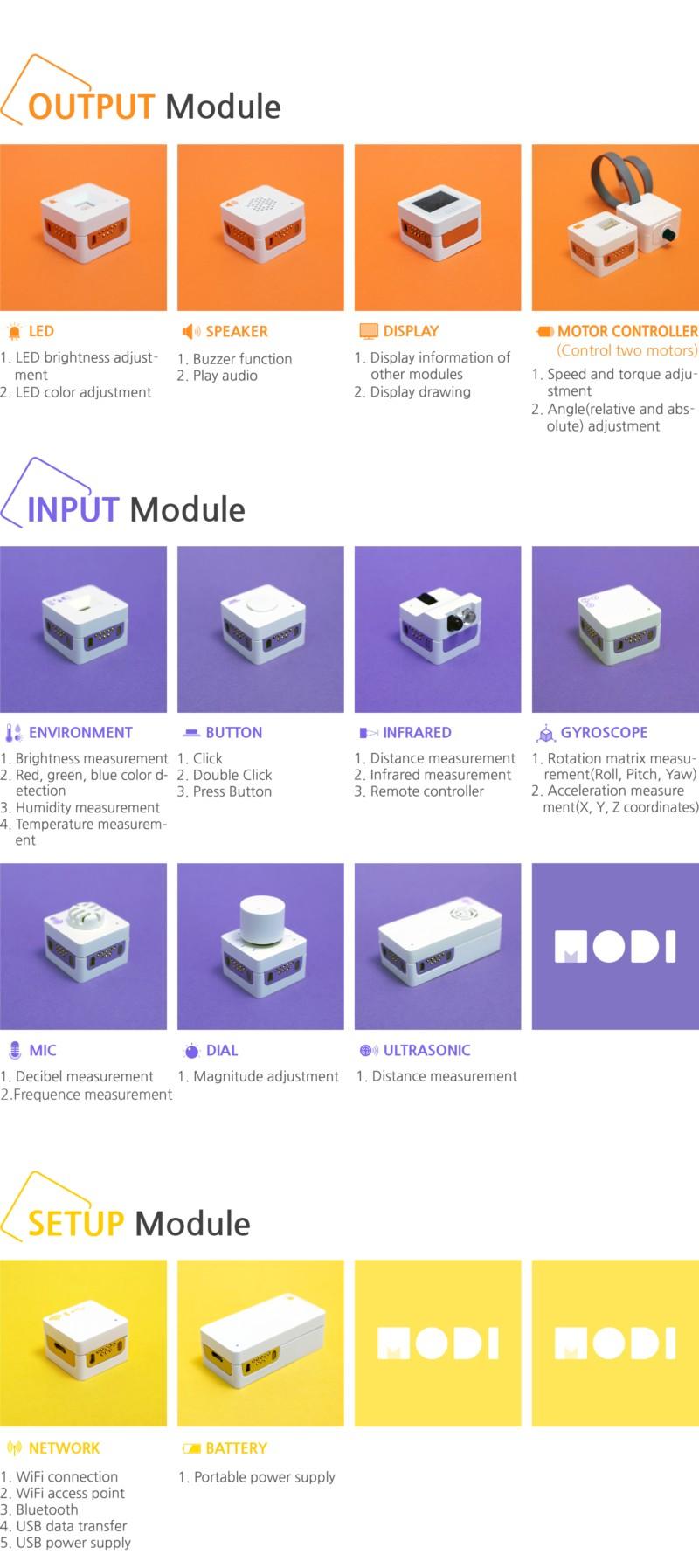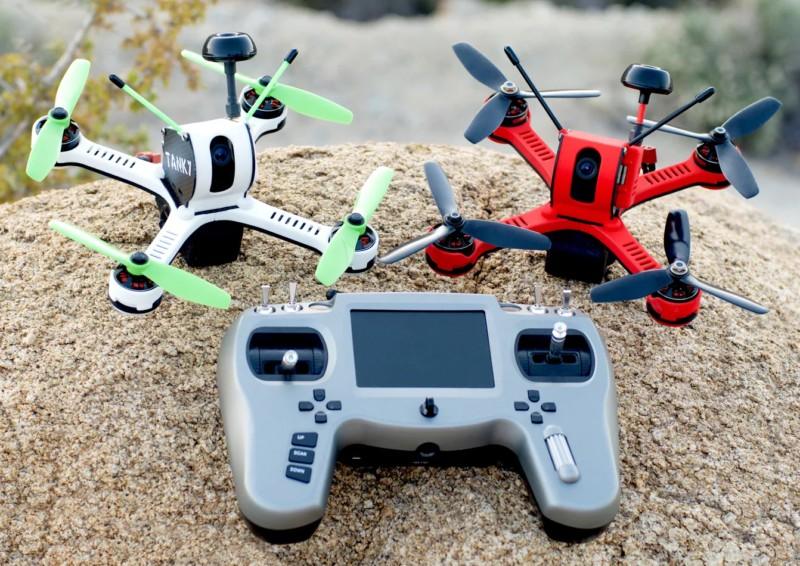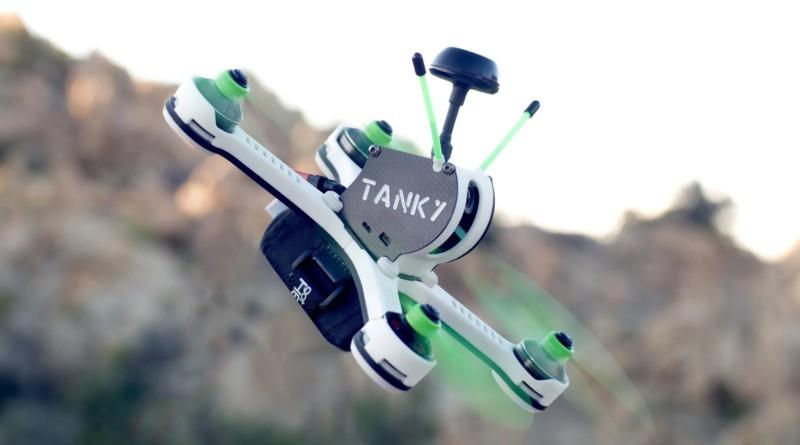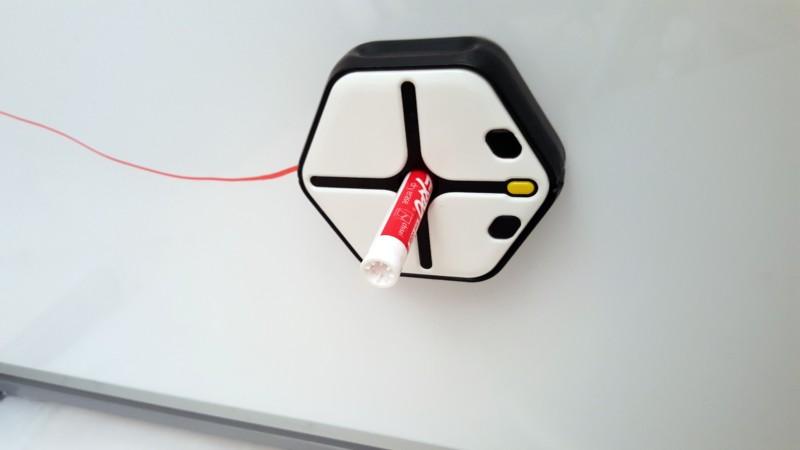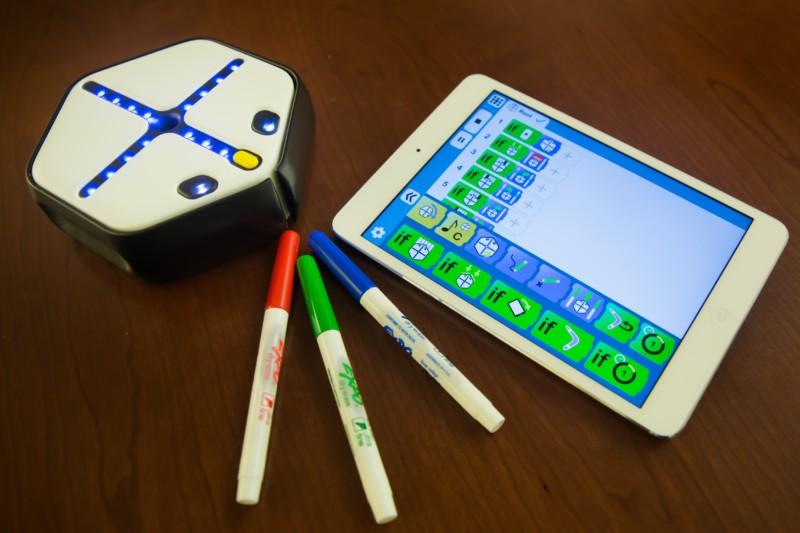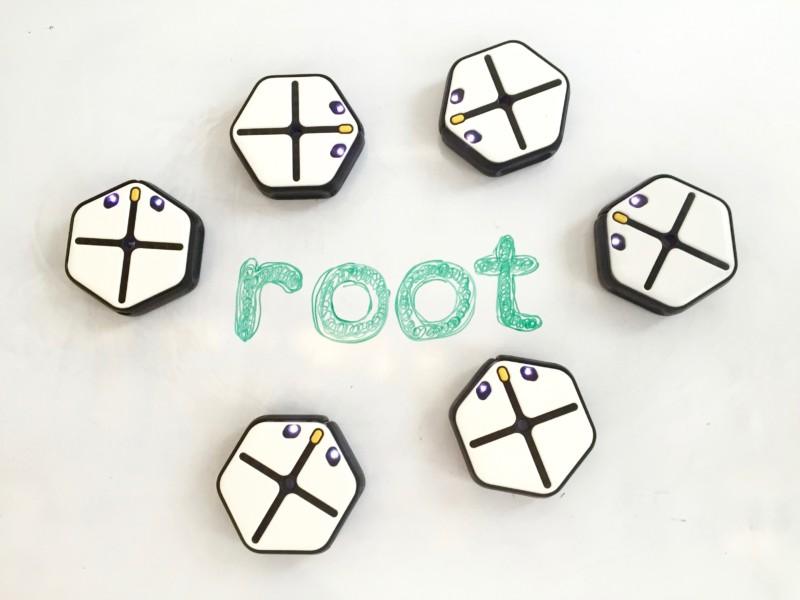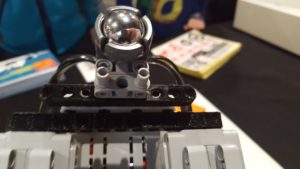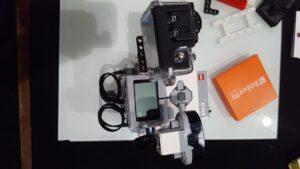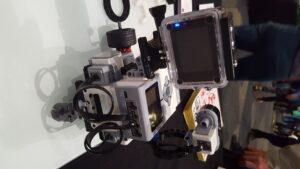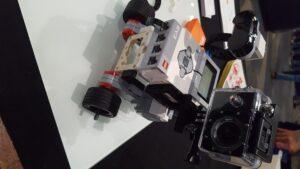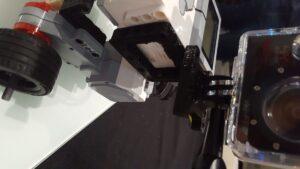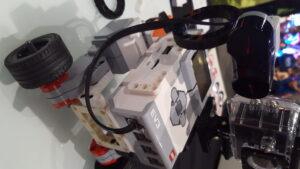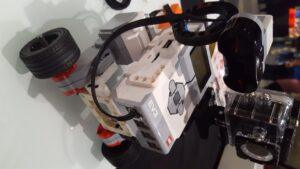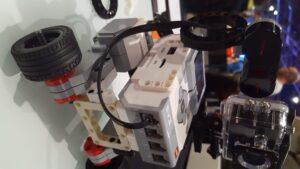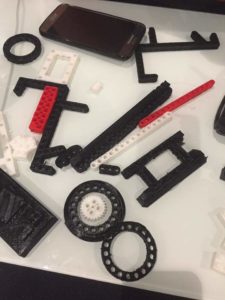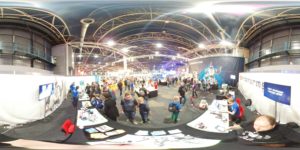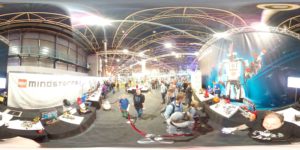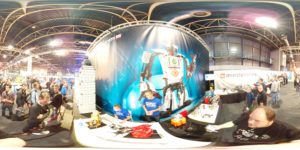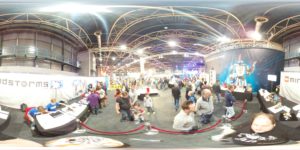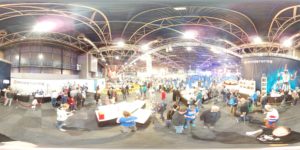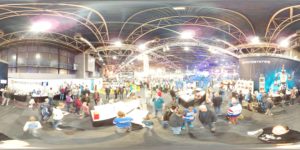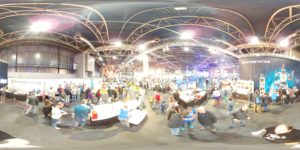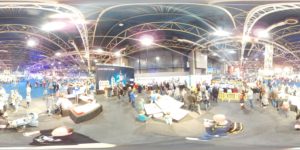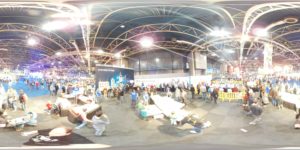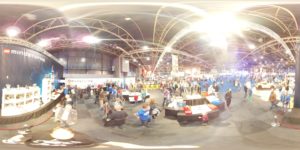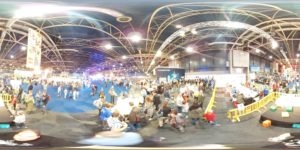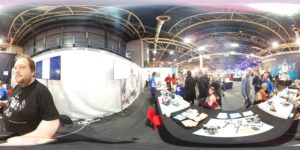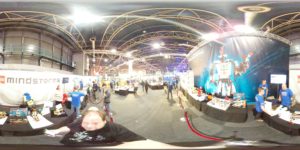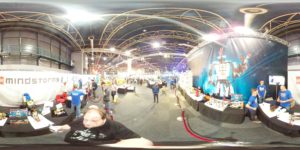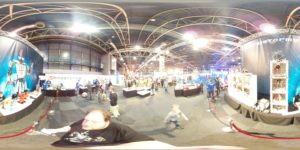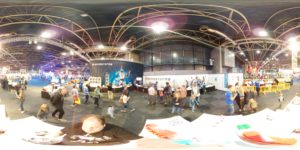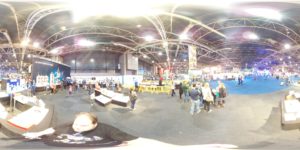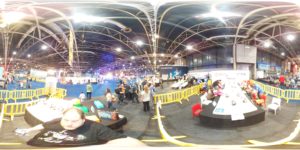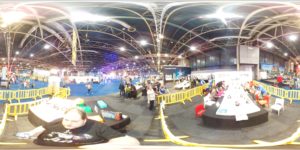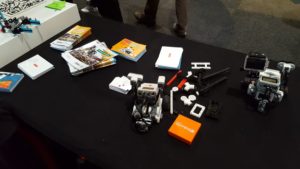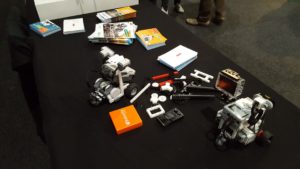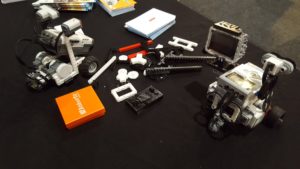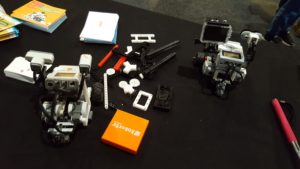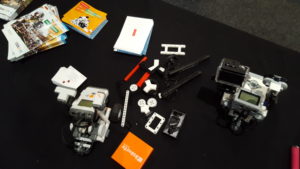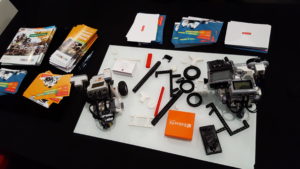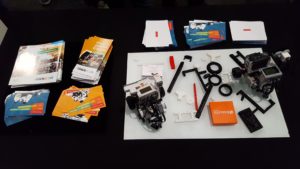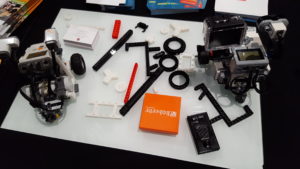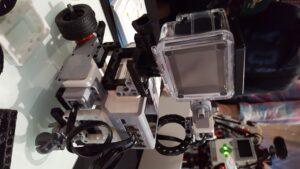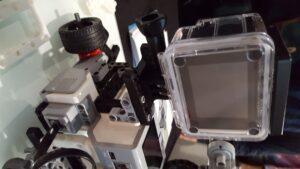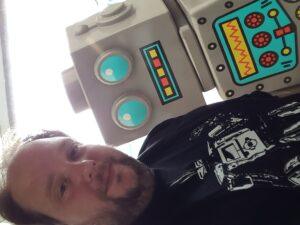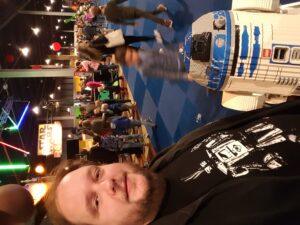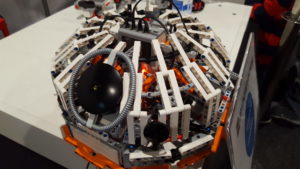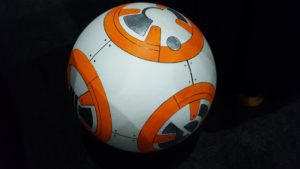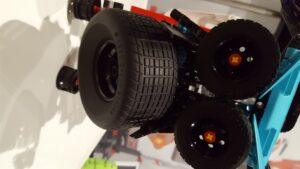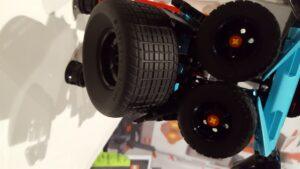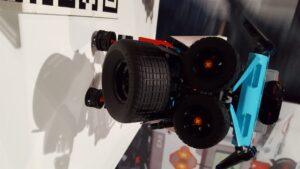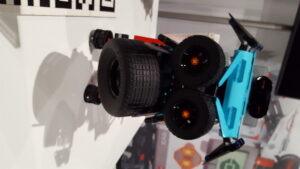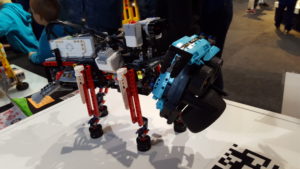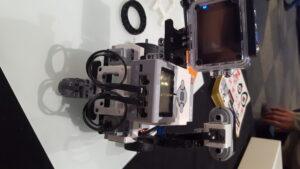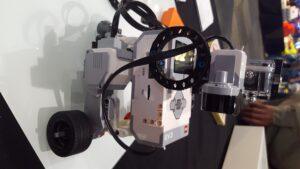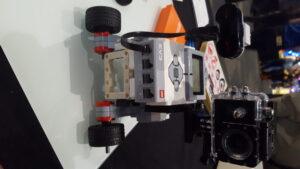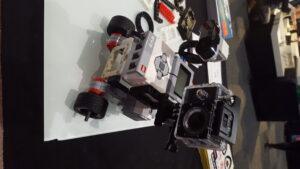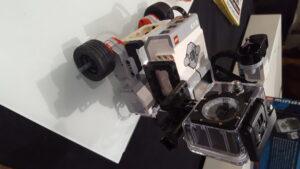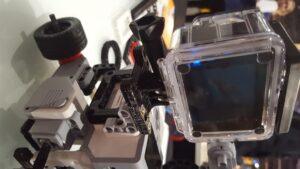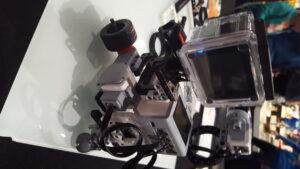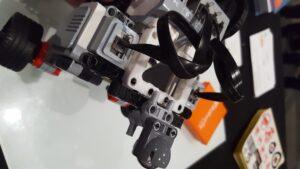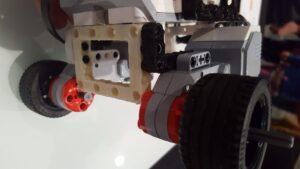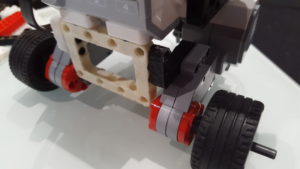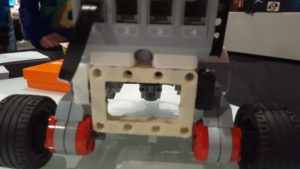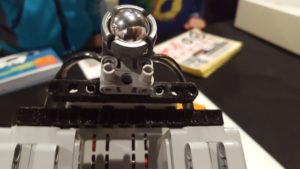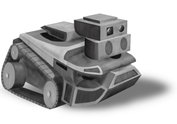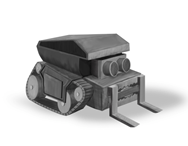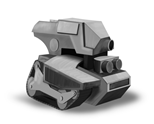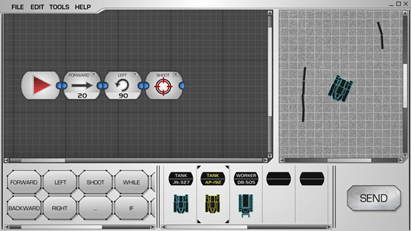RoboCup Saison 2017 beginnt – Anmeldungen ab sofort möglich
Die RoboCupper kommen wieder: Die RoboCup German Open werden im nächsten Jahr erneut in Magdeburg stattfinden. Vom 5. bis 7. Mai 2017 ist die Landeshauptstadt bereits zum siebten Mal Gastgeber für dieses internationale Robotikturnier. Die zentrale Online-Anmeldung ist ab sofort unter www.robocupgermanopen.de möglich.
„Wir wollen Magdeburg weiter als Wissenschaftsstadt positionieren und dabei helfen uns auch die RoboCup German Open, für die wir gern wieder Gastgeber sind“, sagt Oberbürgermeister Dr. Lutz Trümper und lädt alle Interessierten in die Ottostadt ein. „Magdeburg freut sich auch im siebten Jahr auf die zahlreichen Teams und Akteure, die unsere Messehallen im kommenden Frühjahr erneut für einige Tage in eine Arena für Roboter verwandeln.“
Zu den RoboCup German Open werden rund 1.000 Schülerinnen und Schüler sowie Studierende, Forscher und Wissenschaftler aus dem In- und Ausland erwartet. Die Wettbewerbe dienen den Wissenschaftlern und Studenten als publikumswirksames Testfeld zur Demonstration der Fähigkeiten heutiger Roboter. Es wird zwischen RoboCup Major, dem Wettbewerb der Wissenschaftler, und RoboCup Junior, dem Nachwuchswettbewerb, unterschieden. RoboCup Major ist das inspirierende Forschungs- und Vernetzungsumfeld für internationale Forscherteams, RoboCup Junior der attraktive Wettbewerb für technikbegeisterte Schüler.
Anmeldungen unter www.robocupgermanopen.de Anmeldungen für die RoboCup German Open sind seit heute möglich. Da die Anzahl der aktiven Schülerteams in den vergangenen Jahren stark angestiegen ist, müssen sich die bundesweit über 460 Teams im Nachwuchswettbewerb RoboCup Junior zunächst in regionalen Vorturnieren für eine Teilnahme in Magdeburg qualifizieren. Im Frühjahr 2017 finden sechs Qualifikationsturniere statt: in der Universität Hannover (6. bis 8. Februar 2017), in der Hochschule Mannheim (11. und 12. Februar 2017), im Kulturzentrum Vöhringen (18. und 19. Februar 2017), in der Hochschule Bonn-Rhein-Sieg (18. und 19. Februar 2017), in der kooperativen Gesamtschule Rastede (8. bis 10. März 2017) und in der Urania Berlin (11. und 12. März 2017).
Wer sich bei einem dieser Turniere qualifiziert, trifft beim Finale im Mai in Magdeburg auf die besten RoboCup Junior Teams aus ganz Deutschland. Dort werden die deutschen Meister in den drei Disziplinen OnStage, Rescue und Soccer ermittelt. Die Besten qualifizieren sich zudem für eine Teilnahme an der RoboCup- Weltmeisterschaft, die 2017 im japanischen Nagoya stattfindet.
Die Online-Anmeldung für die RoboCup-Junior-Qualifikationsturniere 2017 ist bis zum 30. November 2016 möglich. Die internationalen Teams aus dem RoboCup-Major-Bereich haben etwas mehr Zeit. Sie können sich bis zum 15. Dezember anmelden. Die Registrierung ist ausschließlich unter https://robocupgermanopen.de möglich. Dort stehen auch alle weiteren Informationen zu den sechs Qualifikationsturnieren und zu den RoboCup German Open 2017 in Magdeburg zur Verfügung.
Die Landeshauptstadt Magdeburg ist seit 2010 Gastgeber für die RoboCup German Open, eine der größten europäischen Robotikveranstaltungen. Die Magdeburger Robotik-Teams schneiden außerdem bei den internationalen Wettkämpfen sehr gut ab. So errangen in diesem Jahr bei der RoboCup-Weltmeisterschaft in Leipzig gleich zwei Teams des Werner- von-Siemens-Gymnasiums Weltmeister-Titel in der Junior-Kategorie Rescue Maze. Das Team robOTTO der Otto-von-Guericke Universität nahm erfolgreich in der Forscherliga RoboCup@Work teil und erreichte den vierten Rang.
Die Unternehmen HARTING KGaA, MathWorks, MICRO-EPSILON MESSTECHNIK GmbH & Co. KG, PHOENIX CONTACT GmbH & Co. KG, regiocom GmbH und der Arbeitgeberverband Gesamtmetall im Rahmen der Initiative think ING haben bereits ihre Unterstützung der RoboCup German Open in Magdeburg zugesagt.


